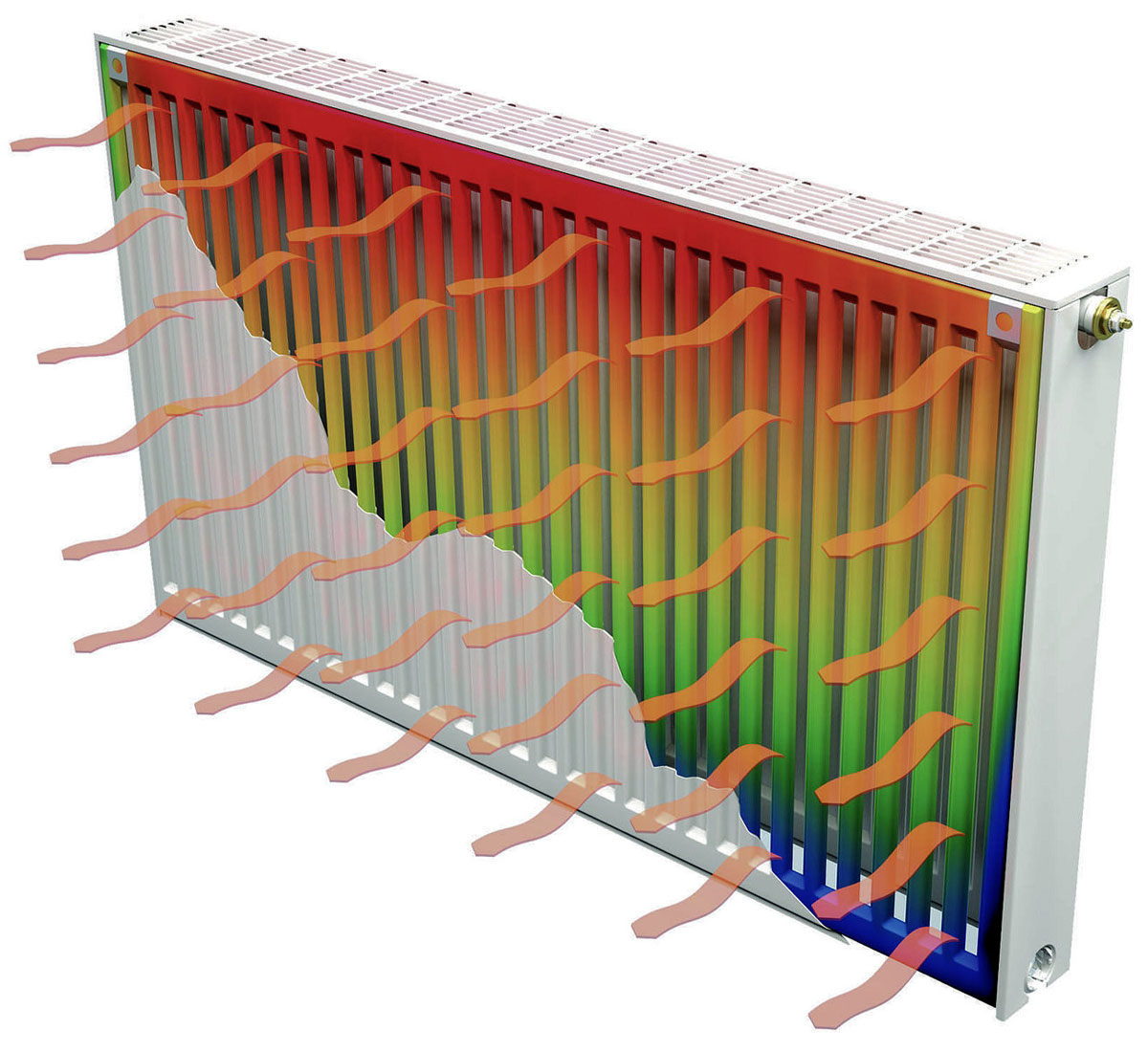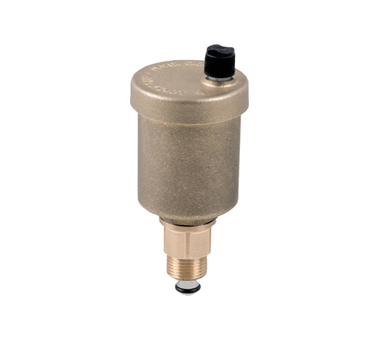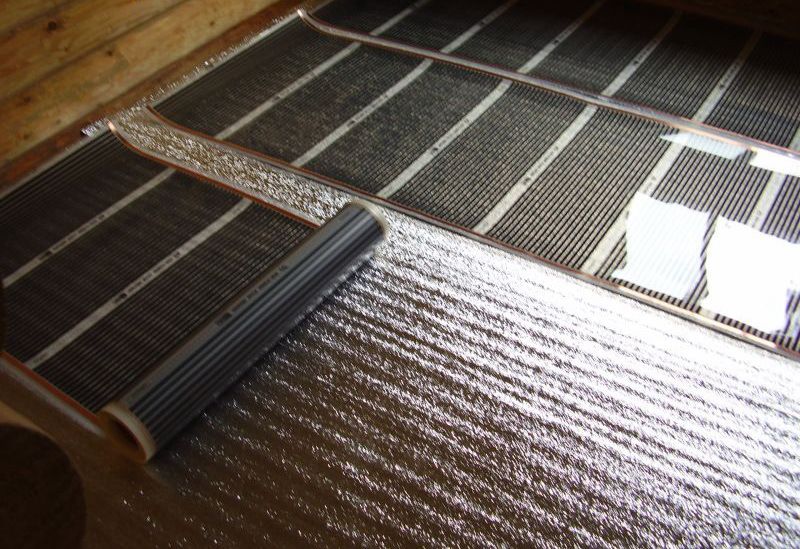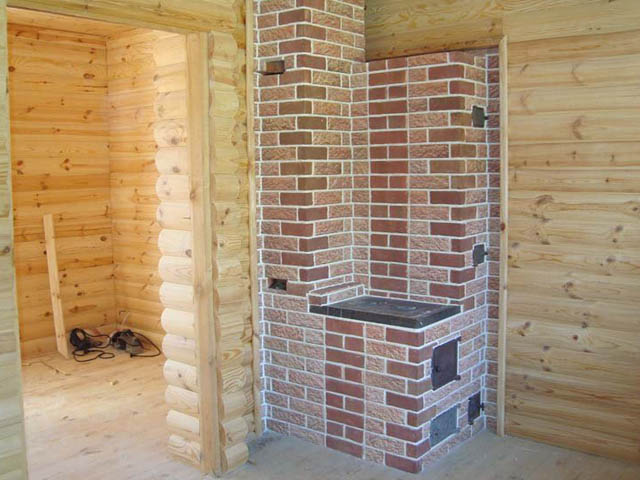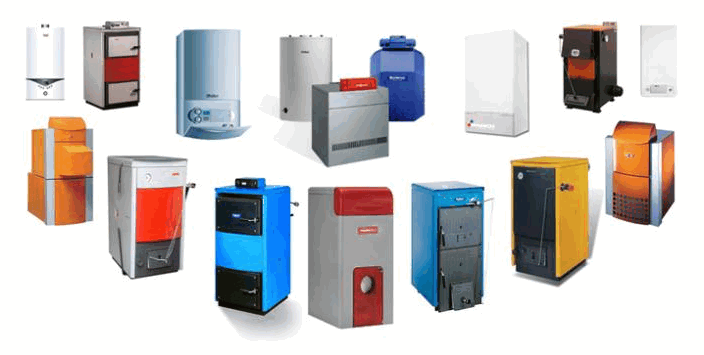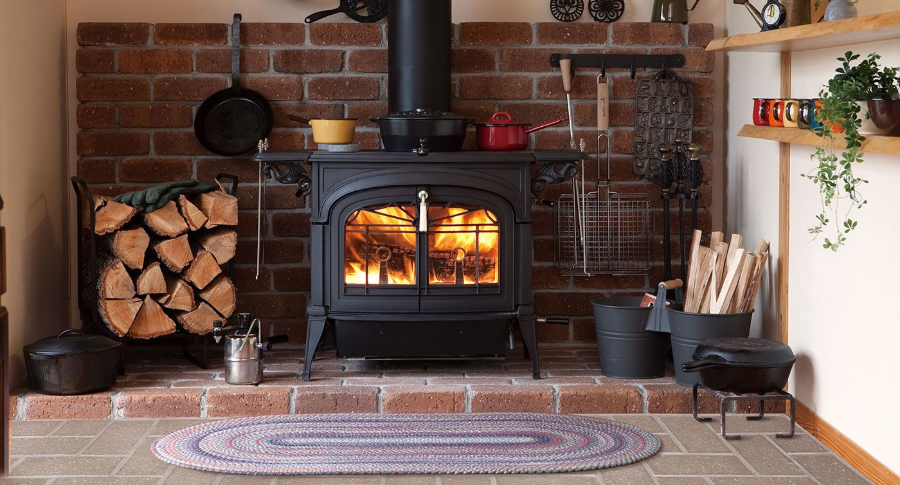The performance of central and autonomous heating is far from always enough to heat a home and create comfortable living conditions in it. The way out of this situation is a warm floor, which can be installed with almost any type of coverage. A definite plus is the ability to start and stop when the need arises. You can start heating your home at any time. The construction market is saturated with products that differ in principle of operation, installation methods and operating rules.
Criteria for choosing a warm floor
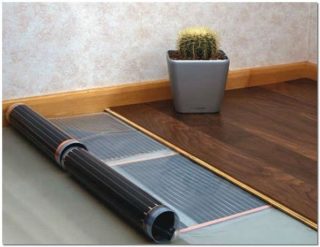
Despite the abundance of floor heating devices on the market, each of them has its own recommendations for use and characteristic limitations.
Criteria for choosing floor heating systems:
- Place of installation. If, in relation to electrical products, there are practically no obstacles regarding the type of room and structure, then it is forbidden to lay water circuits in apartments of multi-storey buildings and office buildings. In private buildings, the owners have the right to make water underfloor heating, since the consequences of emergency leaks will not harm anyone except themselves.
- Features and size of the room. It is advisable to heat rooms of a large area with water circuits, using manifolds for an even distribution of flows. For kitchens and bathrooms, the best solution would be electrical devices that can be laid in the center of the premises.
- Flooring. If the decision is made to lay tiles, electric mats or a water circuit are the best options. In living quarters (nursery, living room, bedroom), it is customary to lay laminate or parquet. For such materials, infrared film is the best choice.
- Manufacturing firm. You should choose certified products sold in branded retail outlets. There are many fakes of unknown origin on the market, which break almost immediately after connecting.
- The purpose of the installation. Underfloor heating is laid to organize the main heating, complement it and create additional comfort. Based on this, a choice should be made in favor of powerful and dimensional structures or in favor of small budget models.
Before installing an underfloor heating system, you should evaluate the feasibility of such a solution.
Advantages and disadvantages
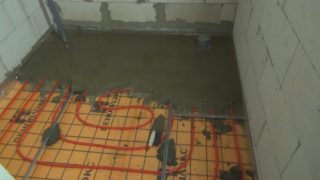
Connecting a warm floor in a private house and city apartment gives the following advantages:
- saving expensive energy resources;
- creating the most comfortable environment in residential and utility rooms;
- optimal distribution of warm air in the room when the temperature decreases from bottom to top.
- the owner decides for himself when to connect the heating and what temperature to set;
- you can make a warm floor during the construction phase and at any time after its completion;
- a wide range of products, which makes it possible to choose the best option;
- relative ease of installation;
- long service life, subject to the purchase of high-quality devices.
When deciding to install a floor heating system, you should take into account its negative aspects:
- the need to equip a solid and reliable foundation in order to be able to lay out heavy pipes filled with water;
- the screed, together with the contour, takes up to 10 cm from the height of the room;
- it is prohibited to connect to central heating in multi-storey buildings;
- high electricity consumption if you connect cable or matte type devices;
- high initial costs for the purchase of equipment.
To choose the right heating system, you need to carefully weigh the pros and cons of each option and correlate them with the characteristics of your home.
Classification of underfloor heating systems
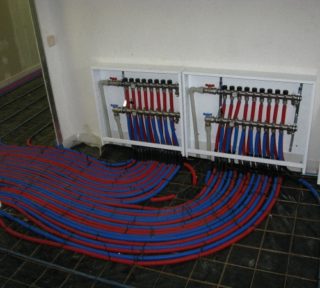
By the type of heat carrier, floor heaters are divided into two categories - water and electric. Each of them deserves attention, as it has its own differences, advantages and disadvantages.
The water floor consists of pipes laid on the base, through which hot water is continuously circulated. The energy source is a gas or electric boiler. The flow rate is regulated by the manifold. Depending on the area of the room, a single-pipe circuit or several closed pipes can be made. The form of the location of communications is chosen spiral or wavy. For rooms with a square configuration, a scheme with a spiral in the center and snakes around the perimeter is a good option. If you have a powerful boiler with a pump, one or more radiators can be included in this project. When buying pipes, it is better to refuse aluminum-reinforced products, since the material can flake.
The cable floor is made of a continuous heating cable, inside which there is a core that generates heat when current is passed. The material has a thickness of 6-10 mm, but rather flexible, so it is laid out with a snake with a distance between the turns of 15-20 cm. To increase the efficiency of the heater, the base is pre-covered with penoplex. This will reduce heat loss for heating it and direct energy towards the topcoat. After fixing the cable to the plate, it remains only to fill it with cement mortar and lay the topcoat. To control and adjust the degree of heating, a manual or electronic thermostat is installed.
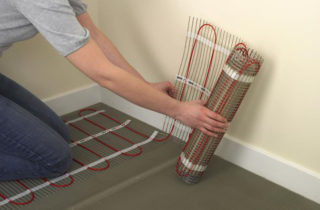
Heating mats are analogous to a cable, they have a more convenient device for laying and a wide range of applications. The heating wire is fused into a heat-resistant polypropylene mesh with sufficient strength and flexibility. The thickness of the strips is 3-5 mm with a width of 50 cm. Sections up to 100 cm long are connected in rolls, the length of which can be up to 20 m. After laying the mats, the strips must be connected correctly and the joints should be insulated. If carpet or linoleum is used as a topcoat, a screed is made over the mats. The tiles can be laid directly on the heater.
Infrared films have been on the market relatively recently, but quickly gained popularity among private developers. The product is a thin sheet (0.3-0.5 mm), inside of which there are carbon strips, copper conductors are inserted through them. When current is passed, the elements create radiation that heats up nearby objects. The film floor is versatile. It can lie under tiles, dense linoleum, ceramic tiles and even under boards on wooden logs.
When planning floor insulation, you should pay attention to the power produced by the devices per square meter. The maximum allowable temperature is 25 ° C in the kitchen, 30 ° C in the hall, 26 ° C in the children's room, 32-33 ° C in the bathroom, loggia and pool.
How to install a heated floor in different conditions
Since each house and apartment has its own characteristics, the choice of heating elements is carried out individually in each project. In most cases, it is determined by the priorities of property owners regarding the type of topcoat.
Under the tiles

Ceramic and tile tiles are used for finishing bathrooms, corridors, kitchens, balconies and loggias.
There are such options for laying insulation:
- In the screed. A cable or water circuit is being used. The advantage of this solution is that the stove heats up evenly, keeping it warm for a long time. Direct-acting constructions involve the placement of insulation closer to the surface. So the heating of the coating is faster and at a higher temperature. The tile itself has excellent thermal conductivity, which ensures a high efficiency of the structure.
- Under the cover. In this case, mats and infrared films are used. After gluing the heaters to the base, the tiles are laid. In this case, a solution thickness within 2-3 mm is sufficient.
The tile itself has excellent thermal conductivity, which ensures a high efficiency of the structure.
Under the laminate
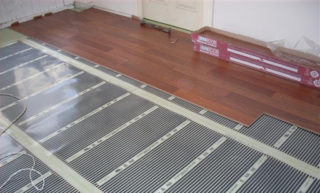
This type of finish fits into living rooms, it is popular due to its practicality, presentable appearance, ease of assembly and the possibility of dismantling. For laying on top of heating elements, special heat-resistant models of the material are used, which have a special marking.
When working, you must follow these rules:
- If the base is a concrete slab, a backing is required for thermal insulation and noise absorption. In addition, the underlay compensates for unevenness in the base.
- It is advisable to lay an infrared film under the laminate, the radiation of which easily passes through this material. No additional spacers are required. In this case, there must be a waterproof connection of the elements.
- Boards must be fixed firmly using a damper tape for fixing along the edges. If the coating moves, it will tear the film.
When using heating mats, you need to purchase products with a power of at least 100 W / m².
Linoleum
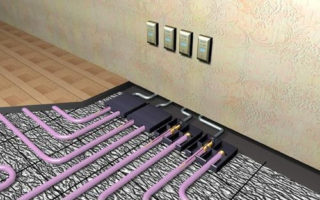
It is allowed to use only special heat-resistant material without a heat-insulating backing. In this case, the heating effect will be maximized. The elements are pre-poured with a screed, which, after hardening, is leveled and impregnated with a primer.
Water circuits and heating cables can be installed under the linoleum. It is impractical to use expensive mats and infrared films, since they will still be filled with cement mortar.
Carpet
Carpet has the lowest thermal conductivity among analogs and is itself an excellent insulator. Since the material is soft and easily squeezed, it can only be laid on a flat and hard base. It can be a concrete screed with an embedded cable or a water circuit. If a wooden floor is insulated, the best solution is an infrared film covered with plywood or OSB.
Functional use
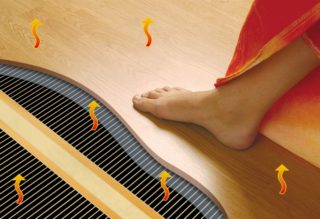
Underfloor heating systems are distinguished by their versatility and a wide range of applications at private and commercial construction sites.
The options for the functional use of products can be as follows:
- Additional heating. It is used in regions with a cold climate, where the existing heating systems do not cope with their tasks in the cold season.
- Extra comfort. Installed in areas covered with ceramic tiles. This material is cold to the touch, even in the heat of summer. Installing underfloor heating makes your stay in the room more pleasant and safer.
- Basic heating equipment. It is used for heating small detached buildings, to which it is impossible to supply gas and central heating. These can be baths, summer cottages, private houses.
Systems of different types can be installed in the same room, if this does not contradict safety rules.
Manufacturer's choice
Rating of the leading manufacturers of underfloor heating:
- cable - Teplolux, Rexant RXM, Milos, TVK, Electrolux;
- mats - Caleo, DEVI, Electrolux, Fenix, Grand Meyer, Hemstedt, IN-Term, Nexans, AHT;
- infrared - Thermo, DEUS Electro, Devi, E. NEXT, Eberle, Ecotherm, FV-Plast, IN-Term, KM, Korea, Luchi, Fado.
You should make purchases only in trusted retail outlets, where a product quality certificate is provided.

